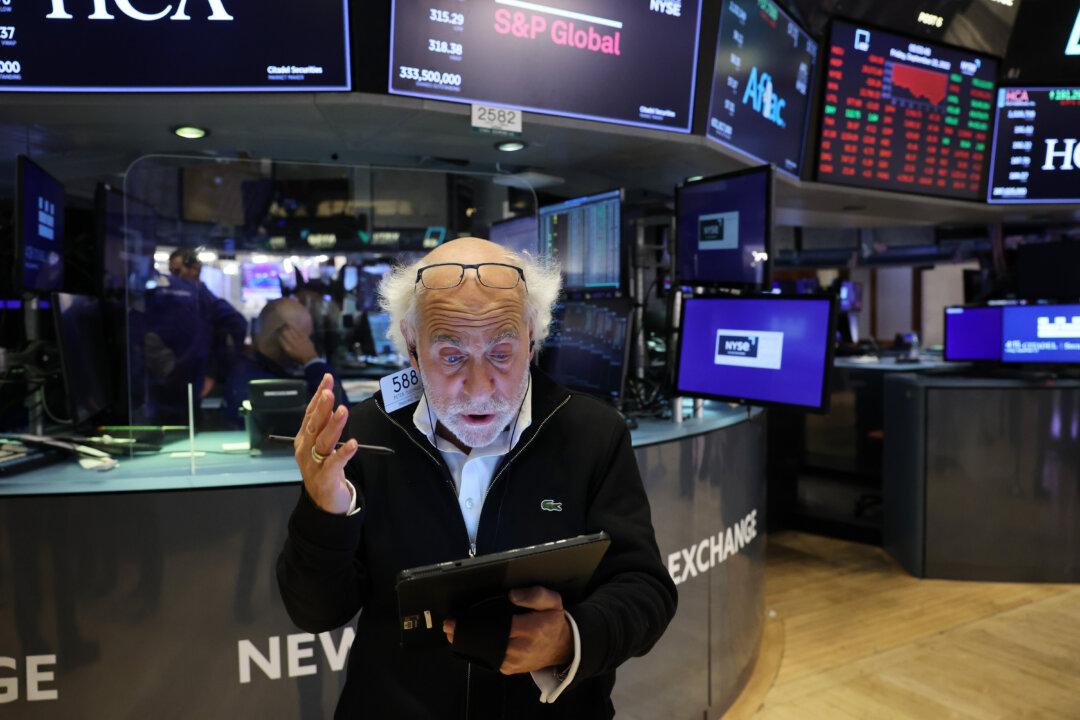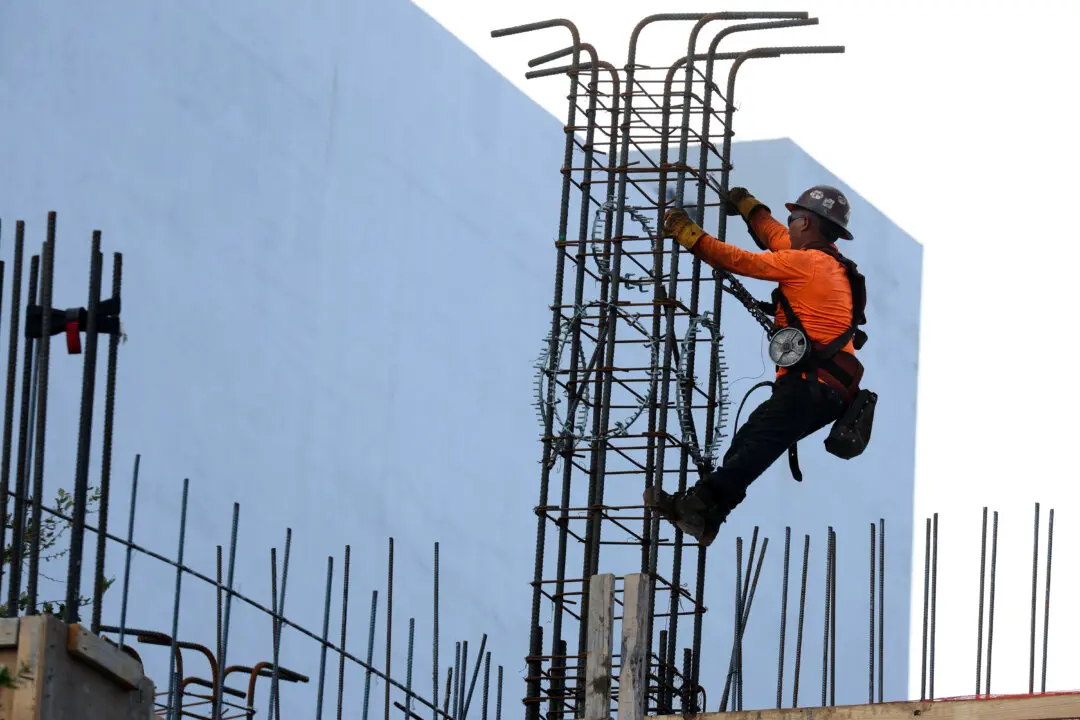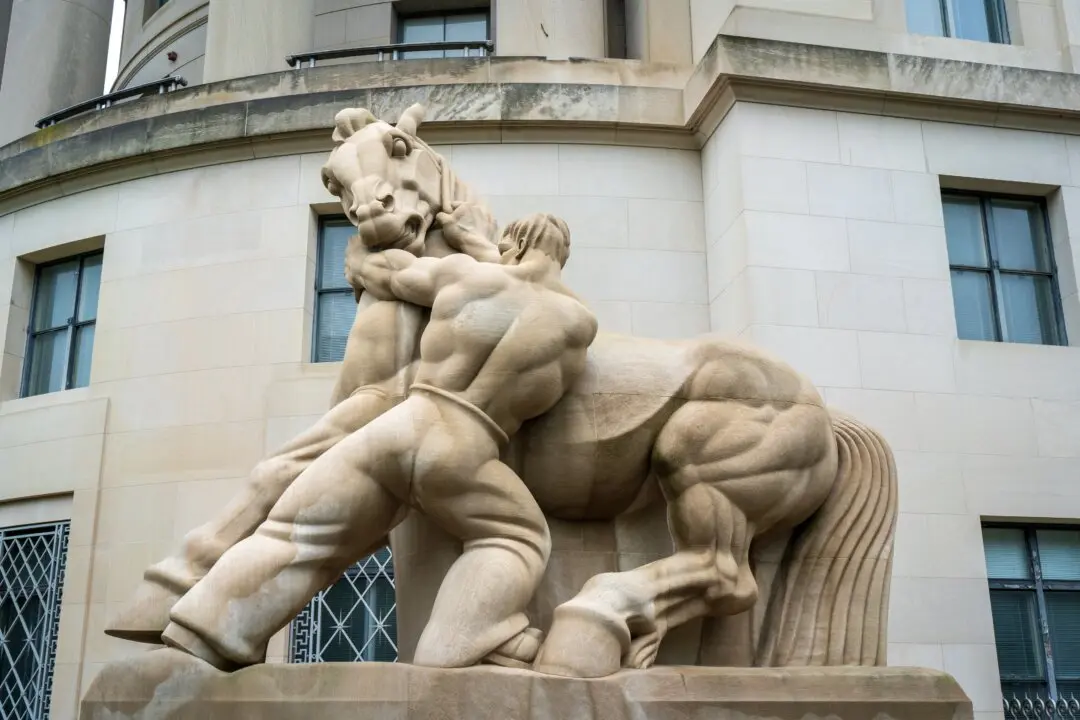Commentary
The strategy of “buying the dip” went on for months, with unrelenting hope that this was all surely temporary. The economy was opening; Congress was spending. The Federal Reserve surely wouldn’t crash the markets before the November election. All will be well. No reason to panic.





